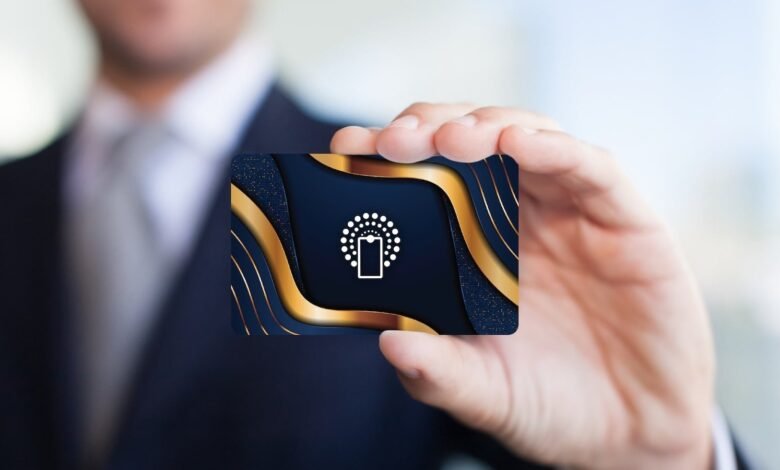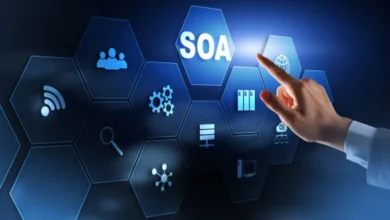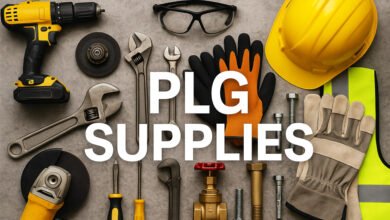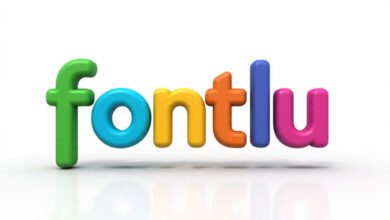How NFC Business Cards Make Follow-Ups Easier Than Ever

Introduction
In the rush of the modern business environment, first impressions are considered ever so important, but then what happens post that first meeting is the deal-breaker in nurturing prospective partnerships, deals, or professional collaborations. Traditional paper business cards have been the medium between meeting someone new and following up with that person later. However, the old-school way of networking has not really helped in an increasingly digital world and is highly ineffective in closing opportunities.
Hence, NFC business cards have ushered in a revolutionary paradigm shift in tying and maintaining relationships among professionals. Removing all friction that had bothered business networking for decades, these cutting-edge tools have converted the mundane work of sharing contact information into an interactive, seamless experience, thereby very much increasing the success rate of follow-ups.
The Traditional Business Card Challenge
Because of numerous hurdles presented by physical cards, they have ceased to be an active organization tool in relationship closing. Professionals attending networking events, conferences, or business meetings have gotten dozens of cards that are then scattered in pockets, briefcases, or desk drawers. Manually inputting the contact information into phones or even CRM systems is time-consuming, so many times the process is postponed or abandoned altogether.
In addition, paper cards become outdated in no time when changes occur in the contact information. Every time a professional shifts companies, acquires a new phone number, or updates an email address, all the previously printed cards become useless. Hence, the nature of traditional cards becomes a barrier to sustaining professional relations, a failed attempt to establish a connection.
Physical limitations of paper cards further restrict the things one may wish to share. There is hardly room for social media profile links, website links, or more information that could aid in a meaningful way during the follow-up conversation, besides the simple contact details.
Understanding NFC Technology
Near Field Communication technology is based on the electromagnetic principle of communication between devices when in close proximity, typically up to four centimeters of distance from one another. It’s a wireless short-range technology that offers a secure data transfer channel without requiring complex pairing operations or internet connectivity.
NFC business cards have a tiny chip carrying digital data programmed into them that can be accessed directly by smartphones and other NFC technologies. When a person touches their phone on an NFC card, the data stored in it gets transferred to their phone automatically, forming a direct digital link beyond the limitations of physical paper cards.
This technology relies on the same principle that contactless payment systems and transit cards do, so it is a familiar and well-established model for users who regularly interact with NFC-enabled services.
Instant Contact Information Transfer
The foremost and immediate advantage provided by NFC business cards is the instant and accurate transfer of contact information. Instead of crossing their fingers that someone had manually entered their details correctly, NFC cards are made sure that contact information would appear exactly the way it was intended to be in the recipient’s device. This mere precision prevents such common errors as misspelled names or wrong phone numbers being transposed into the wrong email address during manual data entry.
For the exchange to take place, barely any effort needs to be applied from either party. One quick tap on the smartphone, and the contact list of the device would be filled with full information, which includes names, titles, companies, phone numbers, email addresses, and miscellaneous details that a traditional card would never fit in. This hassle-free exchange dissolves barriers to connection and increases the odds that people will eventually save and attach some use to that contact.
Also, because this is a digital transfer, it means that as soon as one looks through the information received in their contact management system, organizing and labeling it begins, so that coming back and following up with contacts becomes much more efficient.
Future of Business Networking
NFC business cards are the new way of expressing professional development and networking, enabled by the advancement in NFC technology and the near-universal adoption of smartphones. Convenience, speed, and increased possibilities are the basic challenges that have limited networking. With the rise of augmented reality and artificial intelligence, networking models built upon NFC connectivity may become more intricate. Professionals adopting NFC business cards today are thus placing themselves at the forefront of the latest technical evolution.
Frequently Asked Questions
Q: Do such NFC business cards work on all smartphones?
A: Most smartphones manufactured of late can communicate via NFC, be it recent iPhone or Android models; older smartphones will not be considered. With the swift increase of NFC-activated devices out there, the compatibility grows universally.
Q: What happens if someone does not have an NFC-enabled device?
A: Many NFC business cards carry backup QR codes to make sure the contact information


